Trumpet Coral Care Guide – Care, Feeding & Lighting Tips
Introduction
Trumpet corals (Caulastrea species), also known as Candy Cane Corals, are colorful and hardy LPS corals perfect for both beginner and experienced reef keepers. Their tubular skeletons topped with fleshy, trumpet-like polyps give them a unique appearance, and their vibrant colors make them a striking addition to any reef aquarium.
Scientific Name & Identification
Trumpet corals belong to the genus Caulastrea. They are easily identified by their tubular corallites, each capped with a fleshy polyp that expands during the day. Their branching growth form allows colonies to form clusters of trumpet-shaped heads. Colors range from neon green and teal to golden yellow and striped varieties, many of which glow beautifully under actinic lighting.
Natural Habitat
Trumpet corals are native to the Indo-Pacific, particularly around Fiji, Tonga, and the Great Barrier Reef. They are commonly found in lagoons and reef slopes where water flow is gentle to moderate and light levels are sufficient but not extreme.
Aquarium Care & Setup
To replicate their natural environment, trumpet corals require:
-
Temperature: 74–80°F (23–27°C)
-
pH: 8.1–8.4
-
Salinity: 1.024–1.026
-
Flow: Low to moderate, allowing polyps to extend fully without being blasted
-
Lighting: Moderate intensity (50–150 PAR), strong enough for photosynthesis but not harsh enough to cause bleaching
-
Placement: Lower rockwork or sandbed, leaving room for colonies to branch outward without touching neighbors
Feeding Trumpet Corals
Trumpet corals host symbiotic zooxanthellae, which provide much of their nutrition through photosynthesis. However, supplemental feeding accelerates growth and enhances coloration. Target feeding 1–2 times weekly with mysis shrimp, brine shrimp, or reef-specific pellets is highly recommended.
Growth and Behavior
Trumpet corals expand their fleshy polyps during the day, retracting slightly at night when they may extend short sweeper tentacles. They are considered semi-aggressive, so spacing is important. Growth occurs as new heads bud from existing skeletons, gradually forming branching colonies.
Tankmates
Trumpet corals pair well with most reef-safe fish and invertebrates, such as tangs, clownfish, gobies, and cleaner shrimp. Avoid placing them too close to aggressive LPS corals like Euphyllia or Galaxea. Large angelfish and butterflyfish may nip at fleshy polyps and should be avoided.
Common Challenges
-
Overexposure to light: Can cause bleaching or tissue recession.
-
Insufficient flow: May lead to detritus buildup around polyps.
-
Aggression: Sweeper tentacles can sting nearby corals if not given adequate space.
Conclusion
Trumpet corals are hardy, colorful, and easy-to-care-for LPS corals that make a perfect choice for aquarists looking to add branching colonies to their reef tank. With moderate lighting, gentle flow, proper spacing, and occasional feeding, trumpet corals will thrive and reward you with steady growth and vibrant coloration.


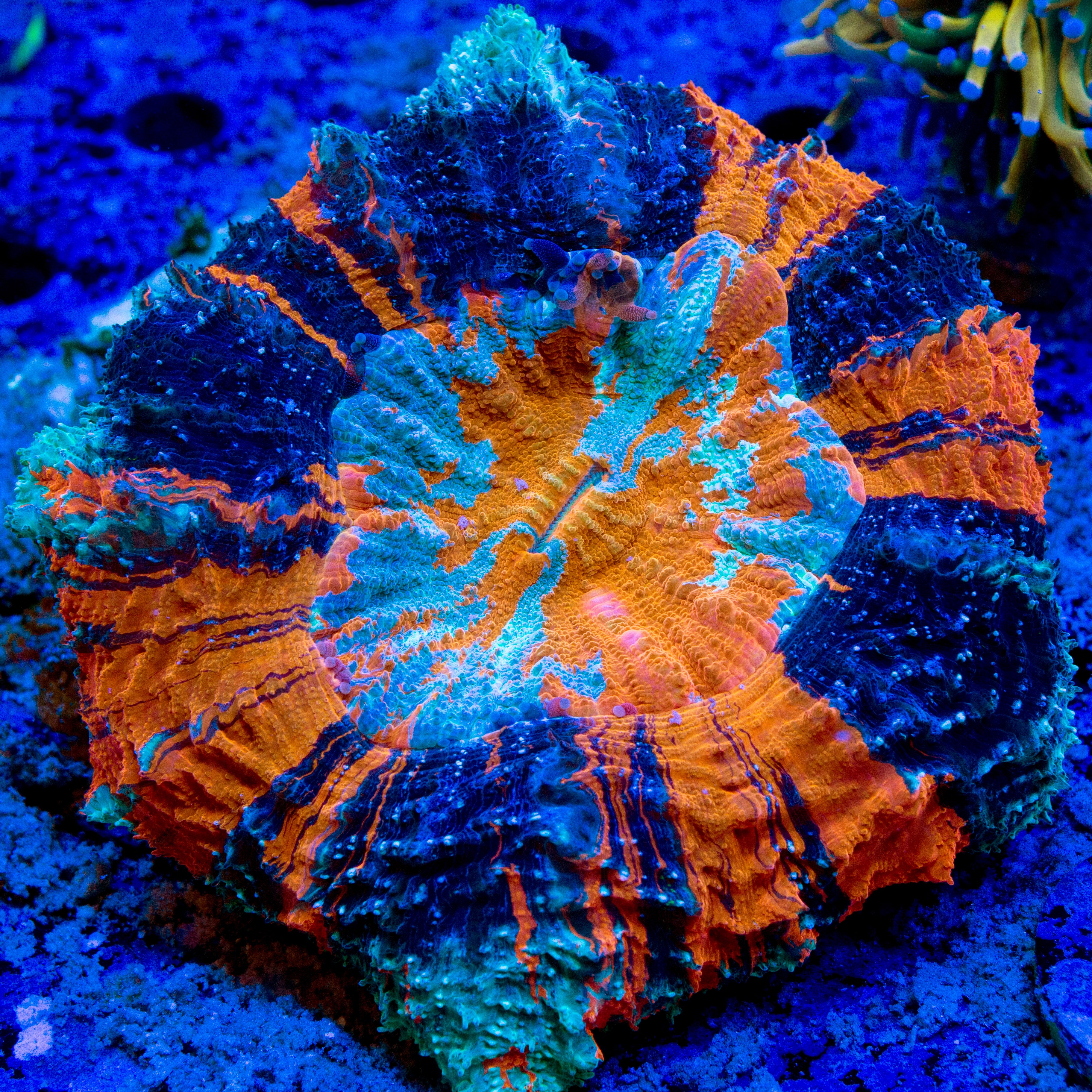
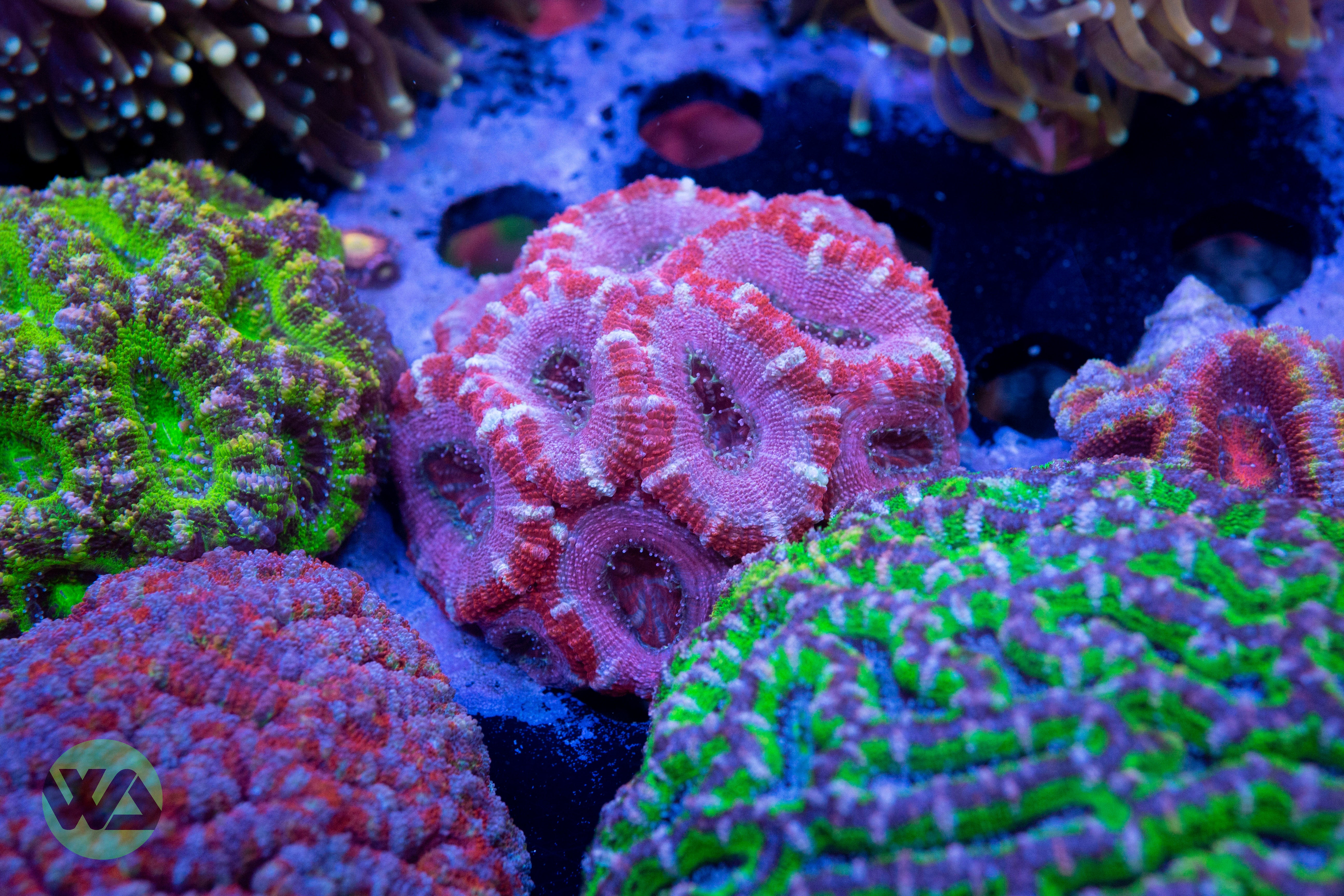
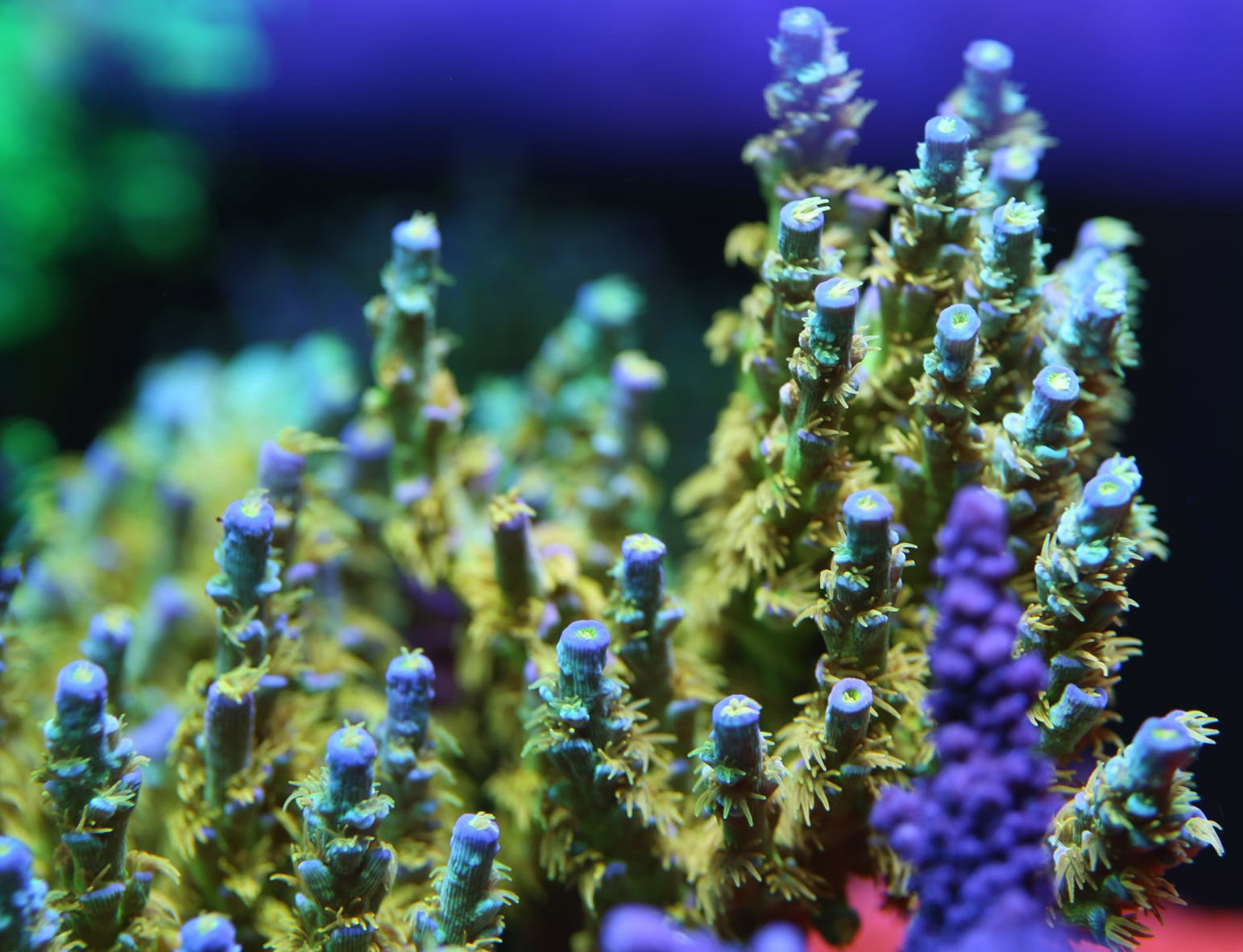
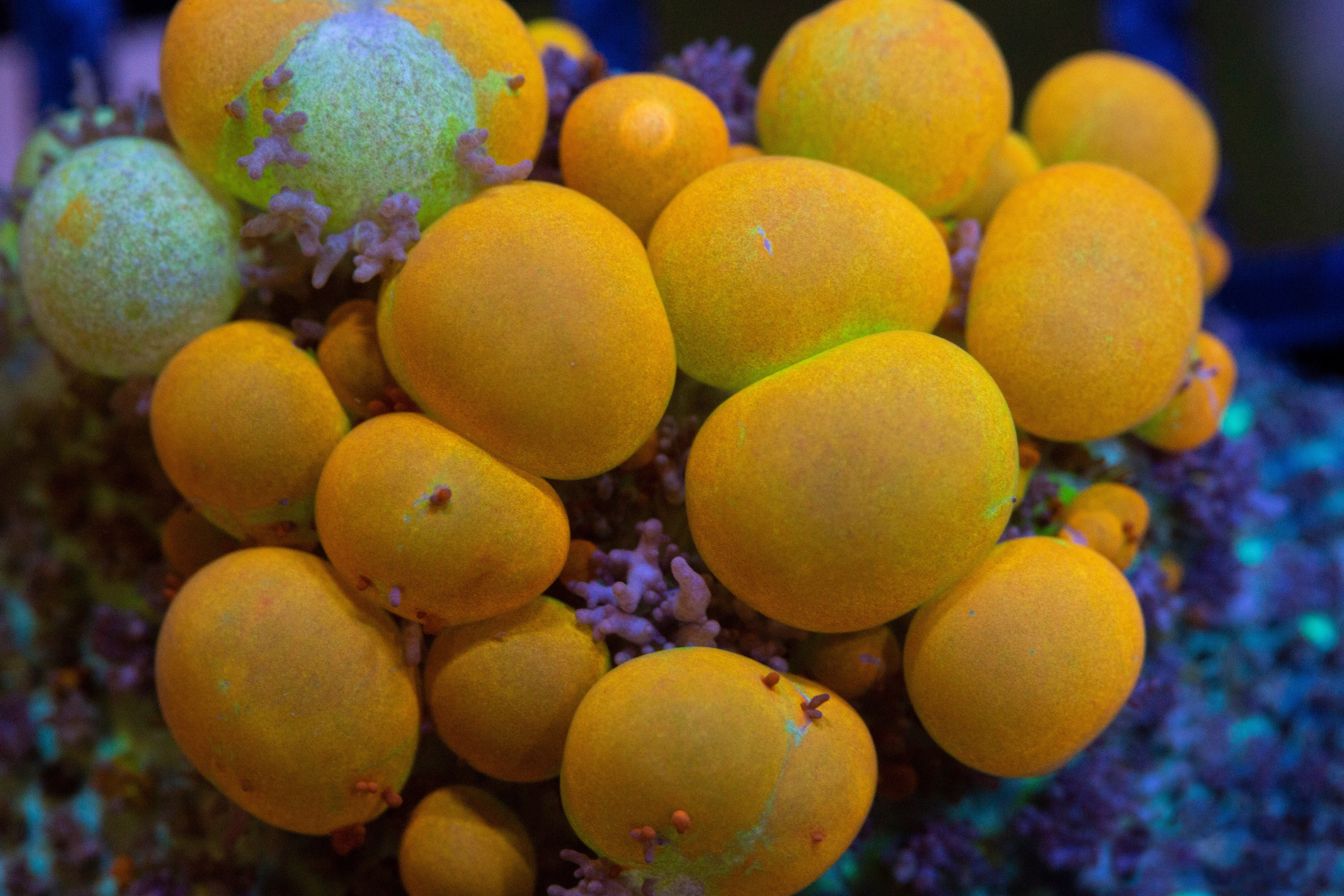
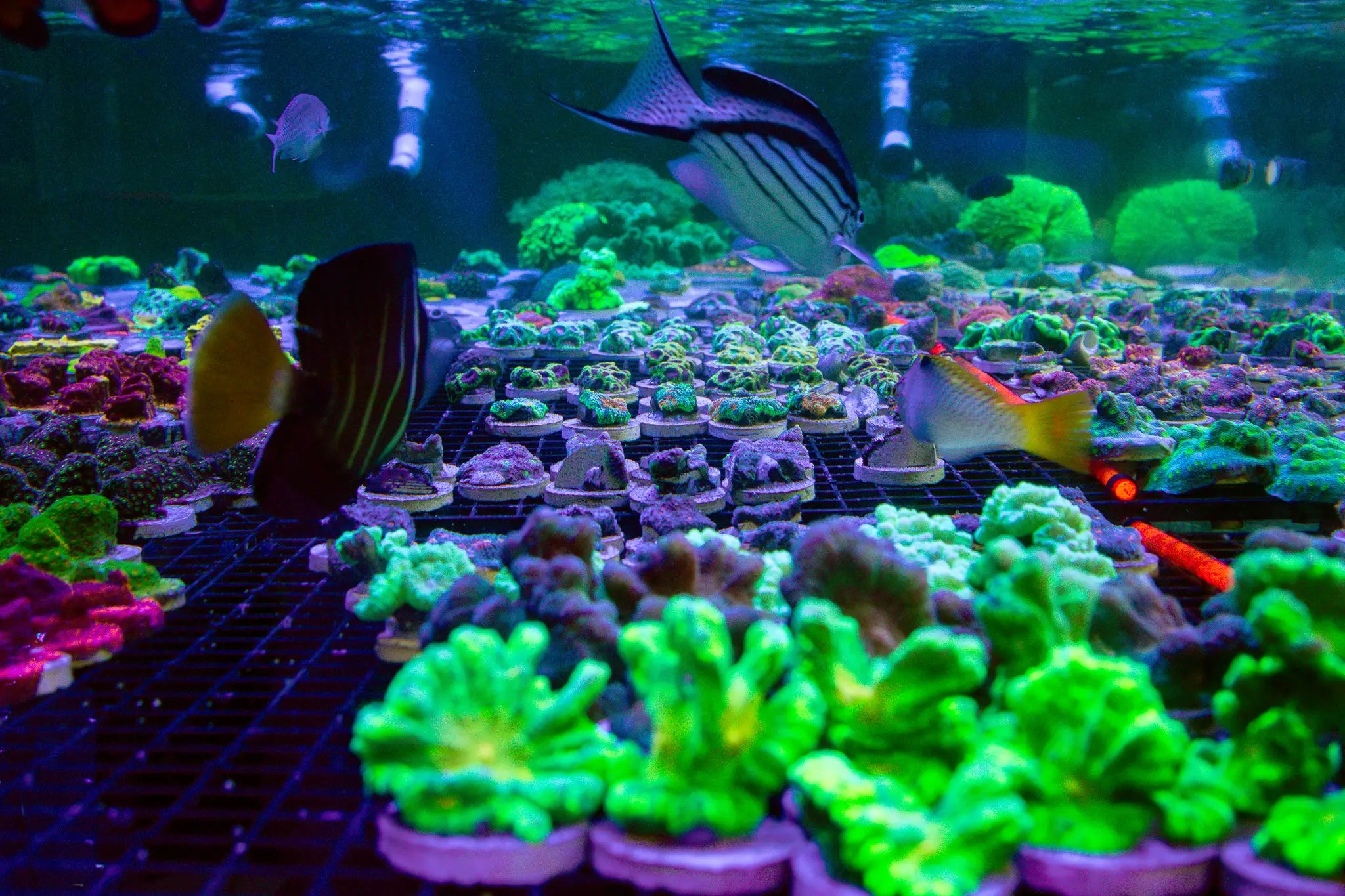

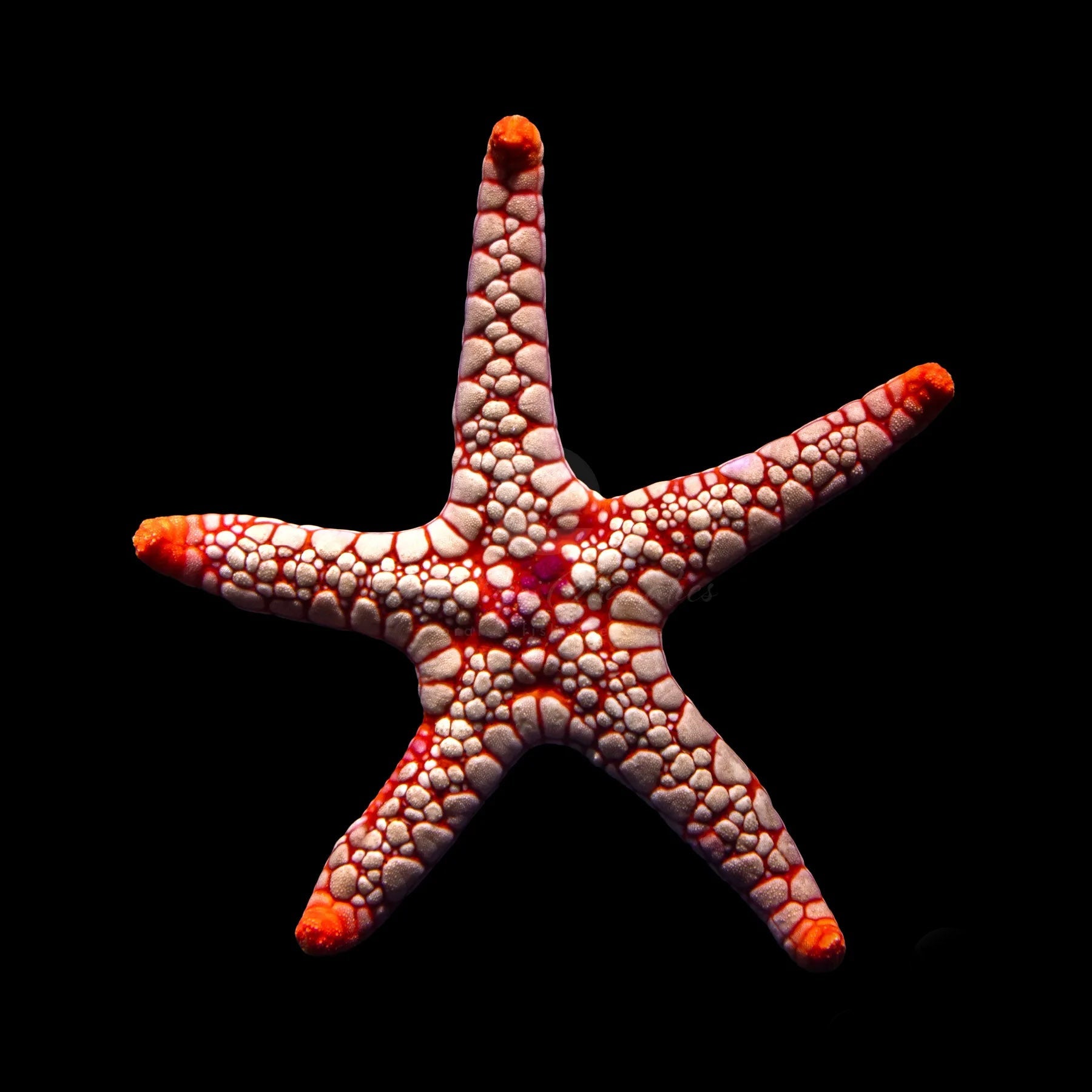
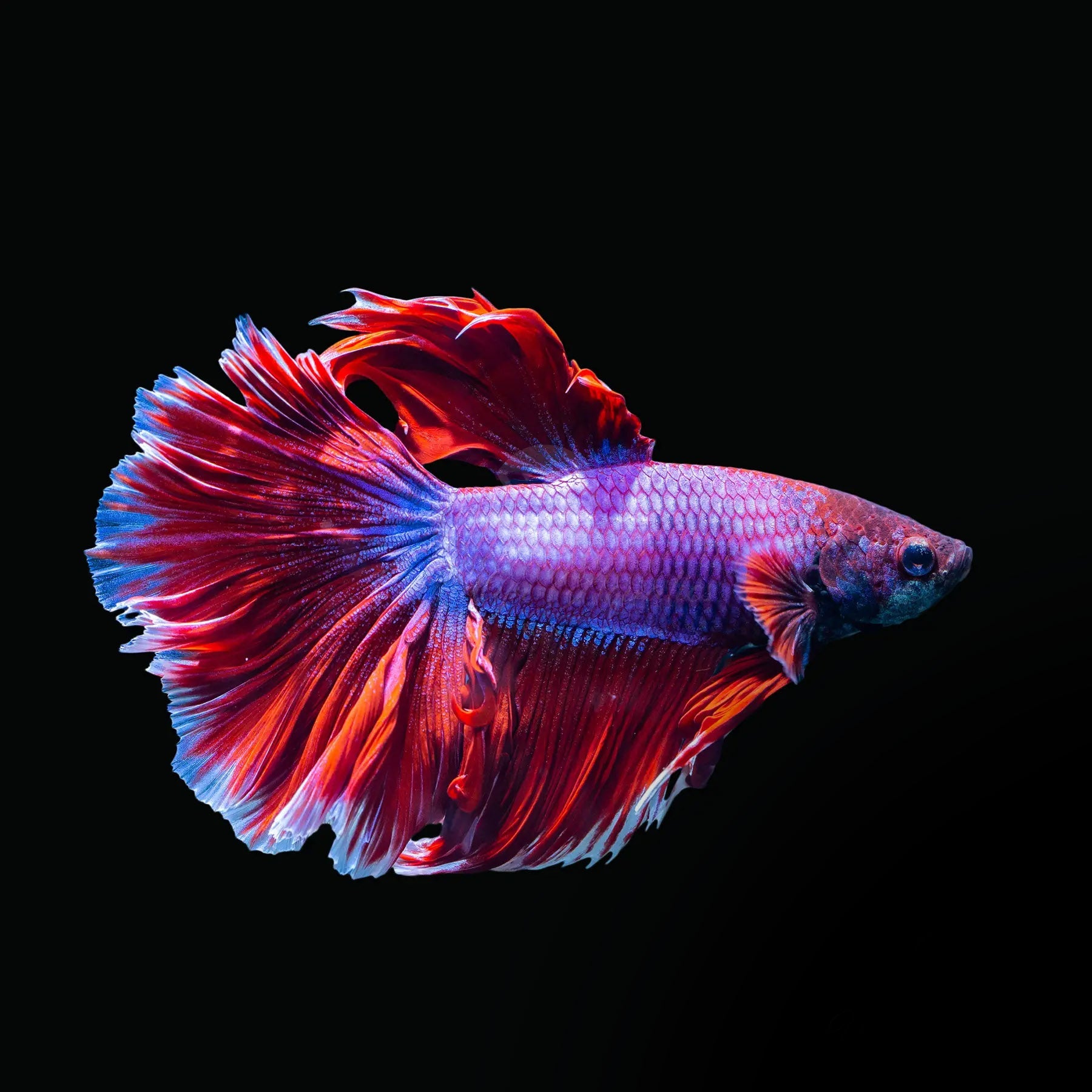
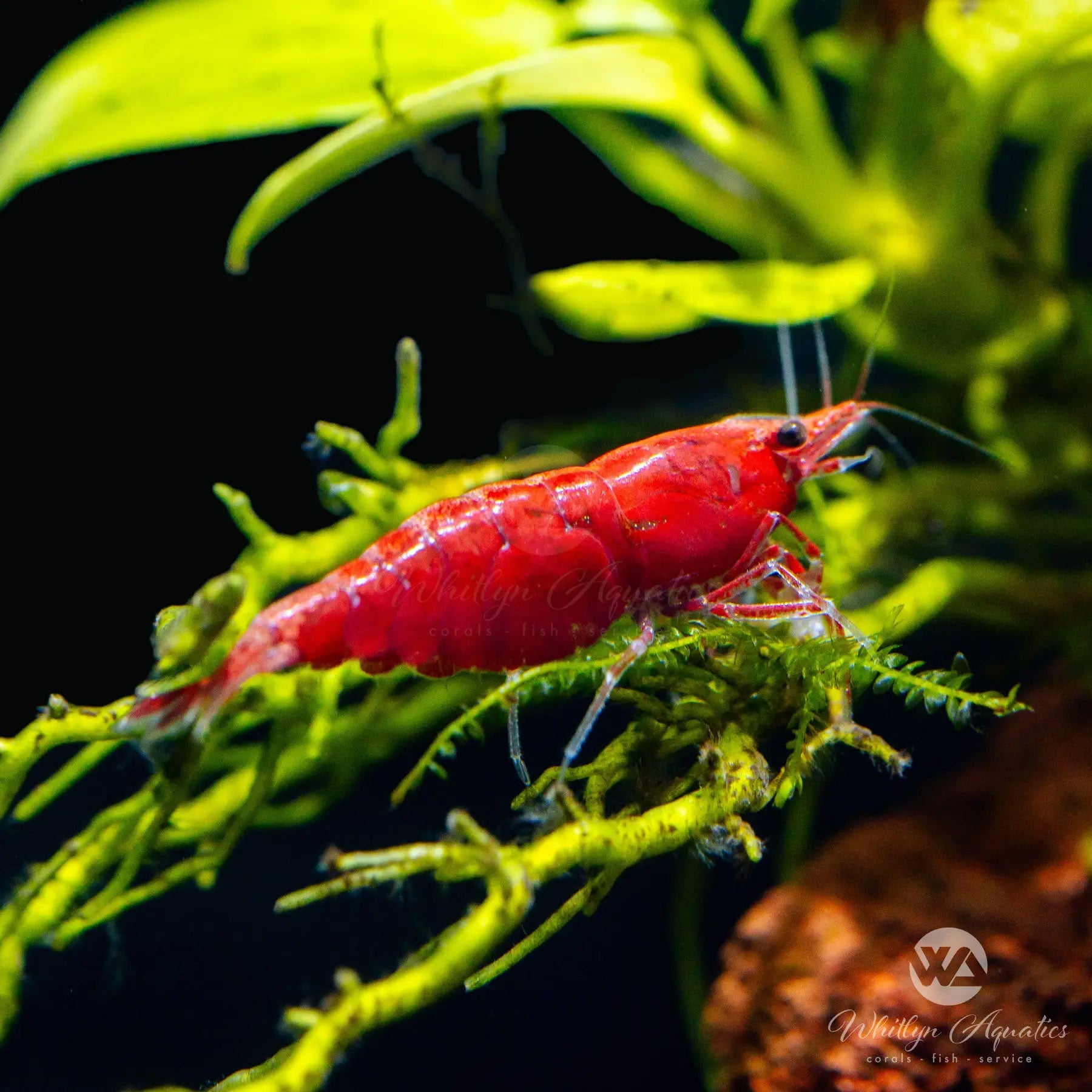
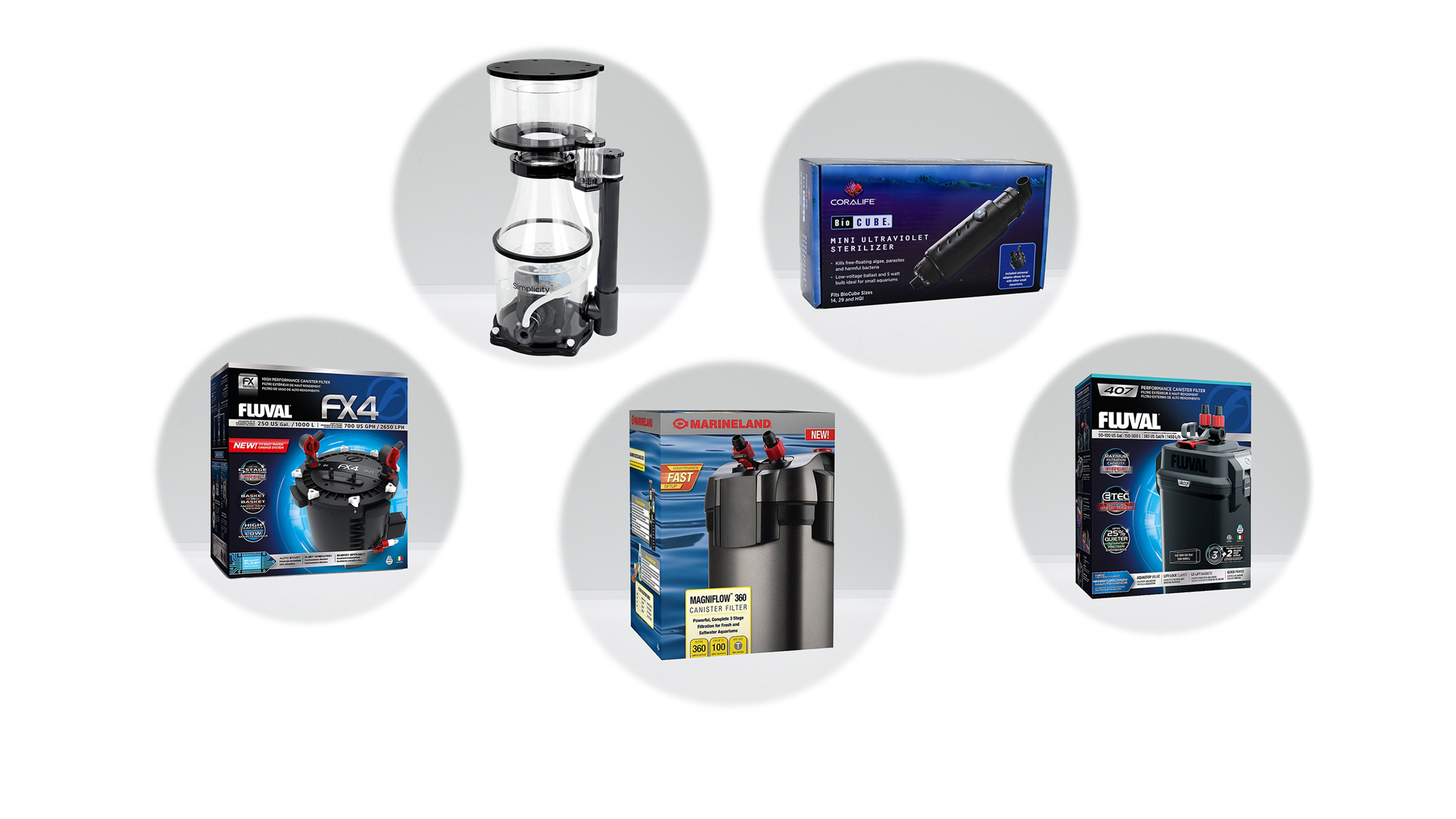
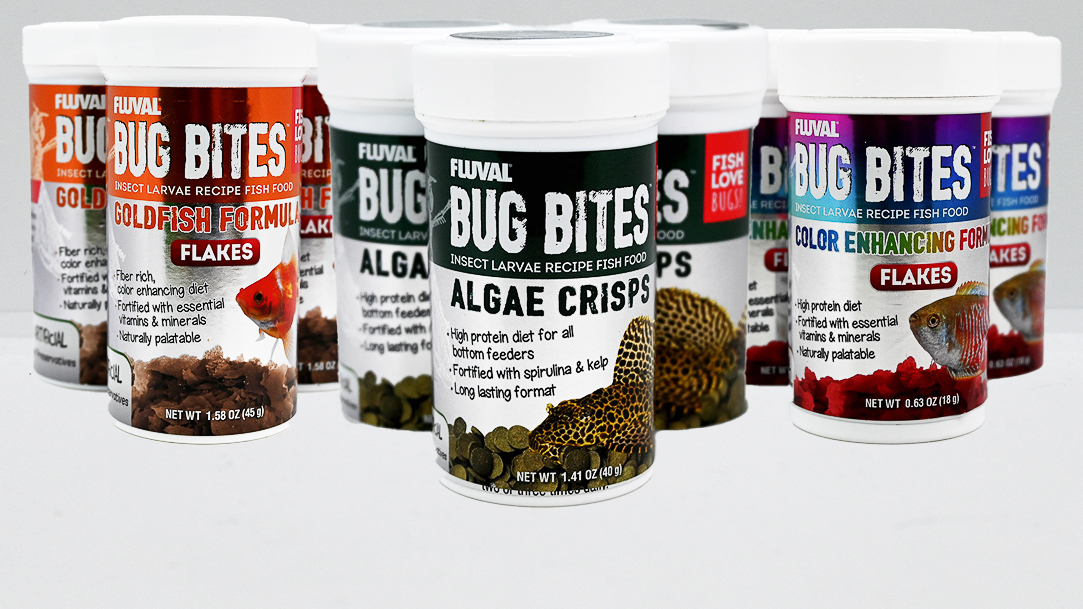
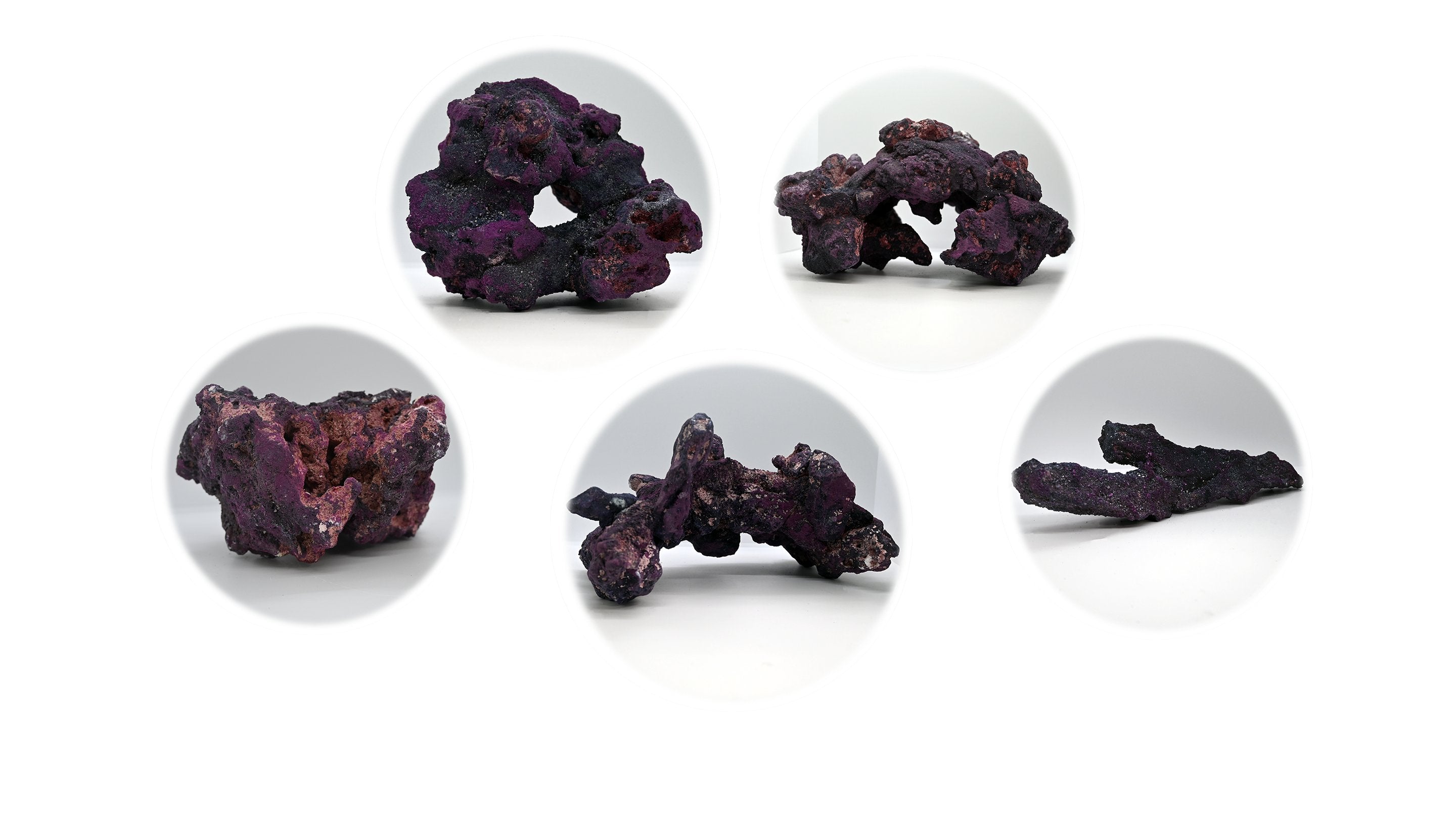
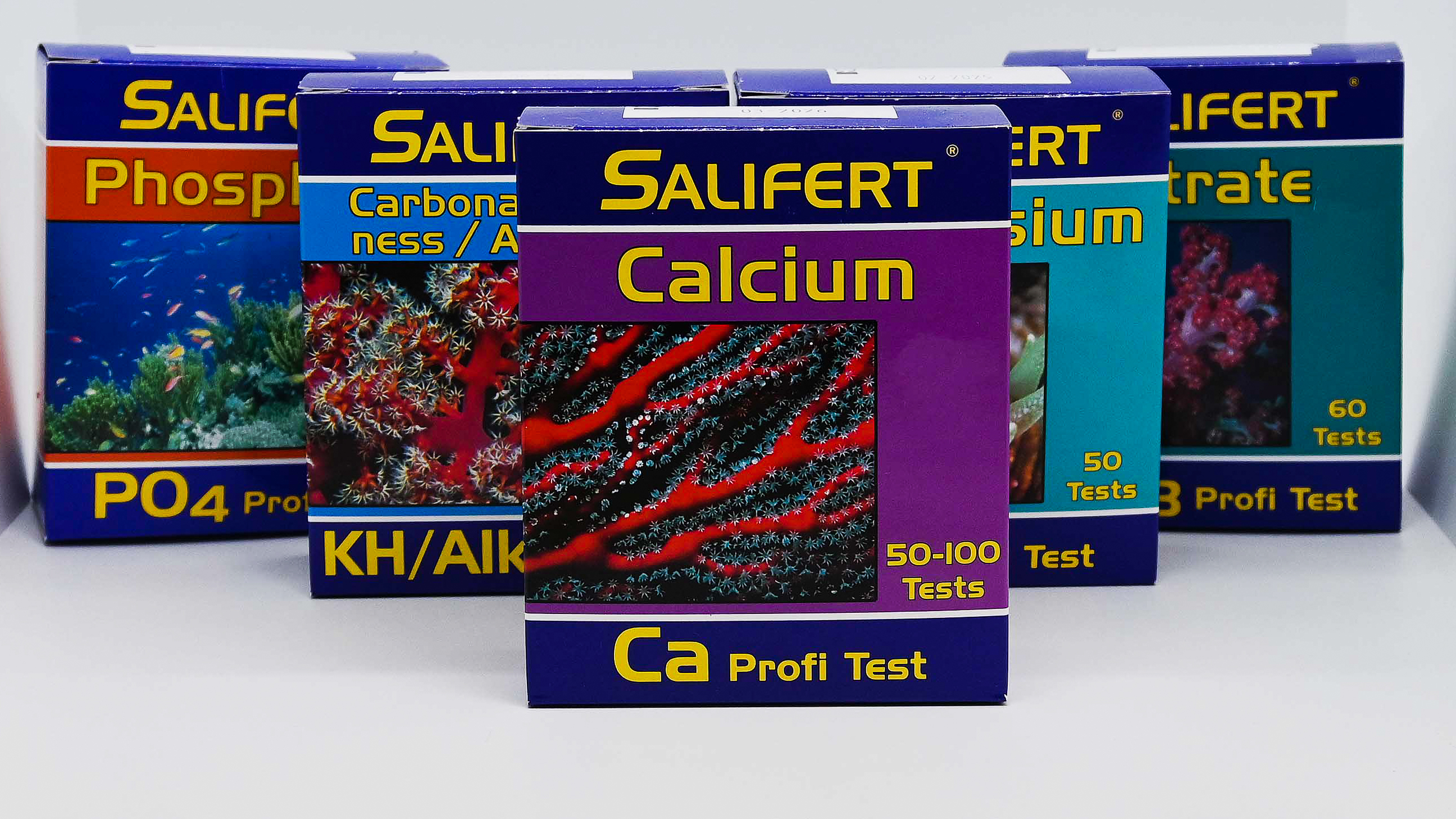
Leave a comment